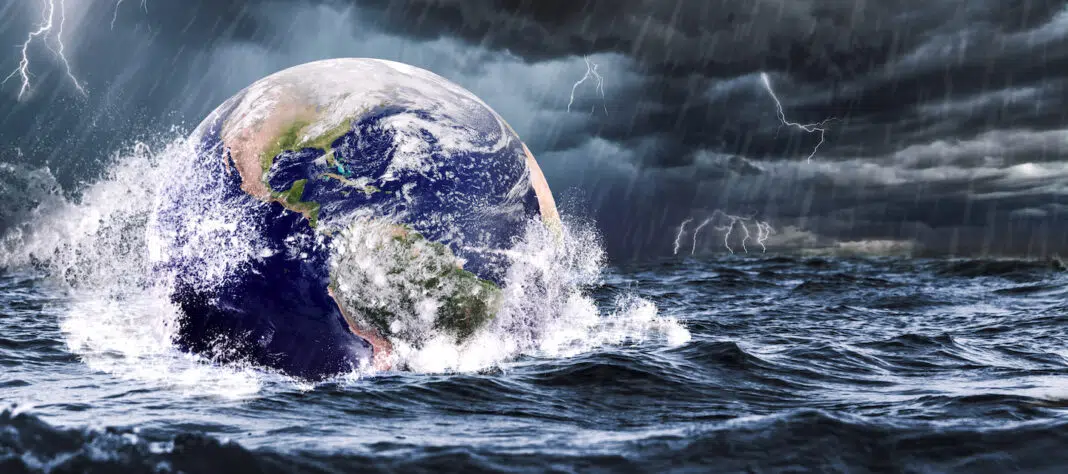The international community has made some headway on pledges to protect 30% of the Earth by 2030 but progress must accelerate, a new report from the UN Environment Programme World Conservation Monitoring Centre (UNEP-WCMC) and the International Union for Conservation of Nature (IUCN) warns.
The Protected Planet Report 2024 reveals that 17.6% of land and inland waters and 8.4% of the ocean and coastal areas globally are within documented protected and conserved areas.
While the increase in coverage since 2020, equivalent to more than twice the size of Colombia, is to be celebrated, it is a rise of less than 0.5 percentage points in both realms. This leaves a land area roughly the size of Brazil and Australia combined, and at sea an area larger than the Indian Ocean, to be designated by 2030 in order to meet the global target. Over the next six years, the global network will need to be urgently expanded by a further 12.4% on land and 21.6% in the ocean, the report warns.
Additionally, the report finds that:
- Protected and conserved areas must almost double in area on land and more than triple in the ocean for the 30% target to be reached by 2030.
- The strongest progress since 2020 has been in the ocean, but most of this has been in national waters. In areas beyond national jurisdiction, coverage remains very low, accounting for less than 11% of the total area covered by marine and coastal protected areas. This is despite the fact that the high seas cover 61% of the ocean.
- Data is insufficient to fully measure and understand the effectiveness of protected and conserved areas. Less than 5% of the world’s land is covered by protected areas where management effectiveness has been assessed. The figure is 1.3% for the marine realm.
- Protected and conserved areas are not always established in the places that most need conserving. Only one-fifth of areas identified as the most important for biodiversity are fully protected. A further one-third of these important areas fall outside of protected and conserved areas entirely.
- Governance assessments have been reported for only 0.2% of coverage on land and less than 0.01% at sea. Less than 4% of coverage is governed by Indigenous Peoples and local communities.
- Beyond protected and conserved areas, Indigenous and traditional territories cover at least an additional 13.6% of global terrestrial areas.
According to Inger Andersen, Executive Director of the UN Environment Programme (UNEP):
“It is essential that protected and conserved areas reach the 30% target by 2030, but equally important that these areas are effective and that they do not negatively impact the people who live in and around them, who are often their most valuable custodians. Today’s landmark report shows some progress has been made in the past four years, but we are not moving nearly far or fast enough.”
She added:
“Great efforts are being made at the national level and we are seeing some progress. 51 countries and territories have already exceeded 30% coverage on land, and 31 countries and territories at sea. These achievements demonstrate that we still have time to make good on the shortfalls and make protected and conserved areas the enormous resource for people and nature that they should be.”
The report provides an important baseline between the previous internationally agreed 10-year targets on protected areas and 2030.
According to IUCN Director General Grethel Aguilar:
“This report is a clear reminder that with only six years remaining until 2030, the window is closing for us to equitably and meaningfully conserve 30% of the Earth. The ‘30 by 30’ is an ambitious target, but one that is still within reach if the international community works together across borders, demographics and sectors. Crucially, Indigenous People must be supported to act as stewards of their lands, their voices and knowledge must be heard and valued. The data contained in this report will help inform decisions to keep the 2030 goal alive, and to realise lasting positive outcomes for people and nature.”
Check out the full Protected Planet Report 2024.

